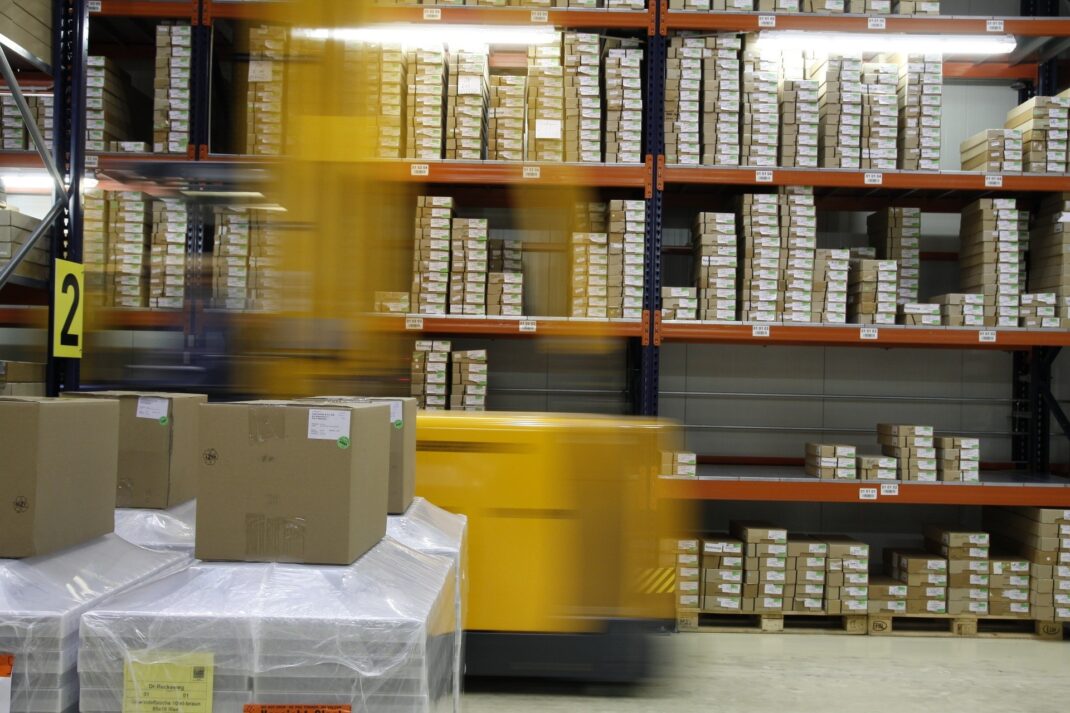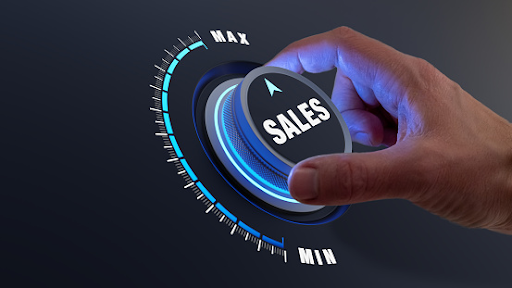Related Articles
Every business, no matter which industry it belongs to or the nature of the company, incurs direct costs related to generating revenue. These costs are a lot, and many small and big costs are accumulated, and some expenses are also deducted from these costs to reach the COGS.
COGS, or cost of goods sold, is an expense listed on the profit and loss statement of the business. This cost is deduced from the revenue to reach the exact amount of profit or loss for the company in that reporting period.
Businesses need to acknowledge and rightfully place the COGS. This is a matter of importance to see an accurate and clear picture of the business’ progress and profitability.
What is COGS?
COGS, or Cost of goods sold, is the direct cost invested in making the product or the service available to the customer over a certain period. The COGS can be calculated yearly, semi-annually, quarterly, monthly, bi-weekly, or weekly.
The cost of goods sold is an accumulation of all the direct costs invested in making the product or the services, including the cost of material, labor salaries, etc. There are three main heads of the costs.
- Cost of material
- Labor cost
- Operational costs
As COGS is directly related to inventory and stock of the products, platforms like Odoo are responsible for tracking the inventory. The Odoo platform ensures that the responsible authority is notified automatically when the inventory is running low, or there is a risk of overstocking. This feature helps keep the cost of goods sold within a certain limit and on track.
How to Calculate the COGS?
To report and rightfully add the COGS to the balance sheet and profit and loss statement for the period, it is vital to calculate the COGS precisely. There is a formula that helps with getting the right amount each time you calculate the COGS.
COGS = beginning inventory + purchases – closing inventory
This formula will be put on the figures for the period the statement is made of. This formula is sometimes more elaborate and involves many costs and expenses. But the basic formula is suitable for every business type and nature.
To get the figures for the inventory, purchases, etc., the person calculating must dig deep. These amounts are not just staring in your face to be put on a calculator and reach the COGS. The accountant or person calculating COGS must know the following:
- Valuation method
- Beginning inventory
- Purchases during the period
- Cost of labor
- Cost of material
- Cost of supplies
- Other miscellaneous costs
- Ending inventory
All the direct costs must be separated from indirect costs. The direct costs will be those linked to production, sales, or making the product available to the market.
Cost of Service Sold:
Many businesses say they don’t incur COGS, primarily related to the service sector, but this is false; even services are brought to the consumer after incurring various costs. The costs may not be inventory related, but there are costs like; office rent, customer representative, agent, etc.
POS systems like Clover and Moneris in platforms like Odoo can easily record the cost of service provided at the office or the shop. This way, it is easier to keep track of the cost of service sold.
Accounting Methods of COGS:
Accounting methods for the cost of goods sold are many. But the most common ones are three. These methods are the way that the business chooses to list and record its inventory.
Any way of accounting for the inventory can be registered and recorded through the trusted Odoo platform. This is also a bonus for the POS systems, Clover and Moneris.
The three most common accounting methods of COGS are:
- LIFO – Last in, first out: Also known as the reverse-production-order approach. The newest inventory produced would be the first to be sold. COGS is higher in this method as the closing inventory is the one that is old and was produced before, and the beginning inventory was the fresh one and had the lowest cost of storage and inventory.
- FIFO – First in, first out: Order-of-production approach. This method is the most common practice in most industries. The products produced first are the ones to be sold first. COGS in the FIFO method are lower. The ending inventory is the most recent, so the increased cost of material and labor for the period will lower the COGS.
- ACM – Average Cost: This method blends the entire inventory and doesn’t care about the freshly produced or the older inventory. It takes out the average cost for the period. The total cost to produce the products is divided by the total units produced over that period. This method is ideal for the service sector as there is no last or first inventory.
These methods are easy to account for the COGS in the financial sheets of the business for the period, and they are known to present an accurate position of COGS.
What are the Benefits and the Drawbacks of COGS?
COGS are an undeniable part of the business’s financial performance and significantly impact the profit for the period. There are multiple benefits and a few drawbacks of it:
Benefits:
- Tax liability management
- A clear picture of expenses
- Track of inventory
- Know the growth curve ahead
- Know your business’ worth
Drawbacks:
- Errors in calculating numbers are pretty common
Conclusion:
COGS is a part of the financial reports of the business. There are ways to account for it and a specific formula to calculate it. The COGS is a determining factor in the profit of the business.
Odoo platform and POS systems like Clover and Moneris are helpful tools for calculating the inventory, which is an essential variable for the formula to calculate COGS.
Get your numbers right by lessening the chances of errors in numbers through reliable platforms and systems.




